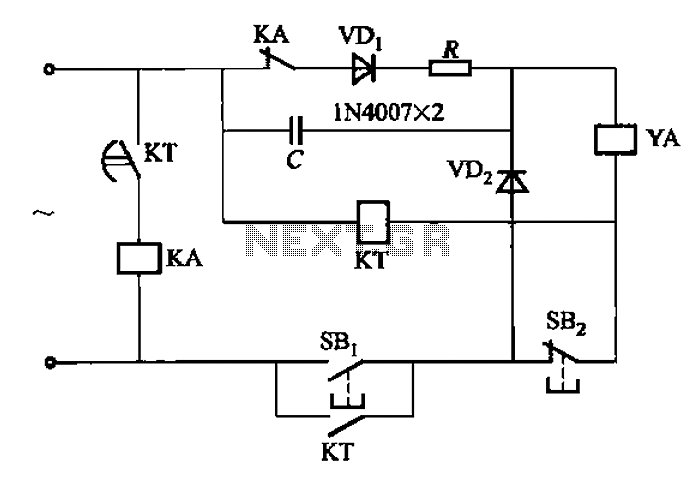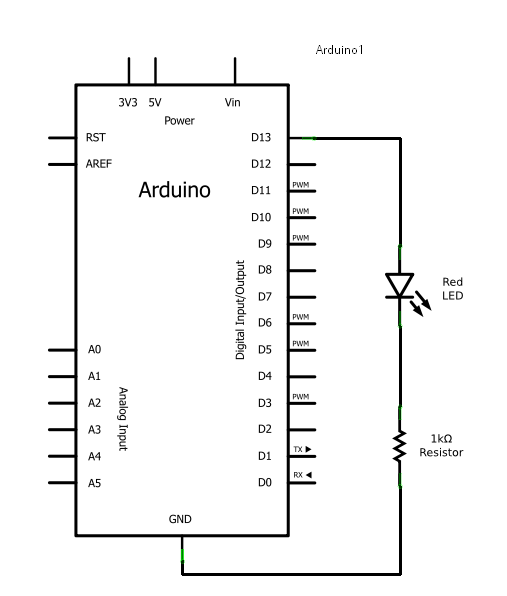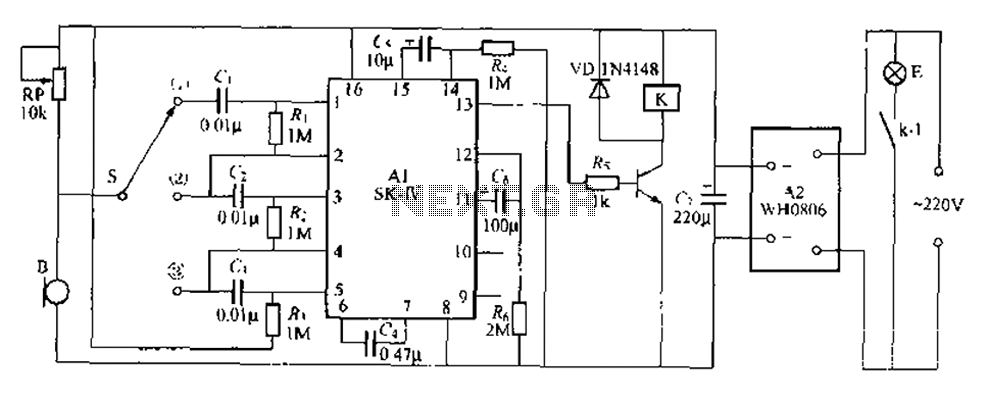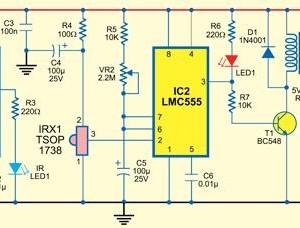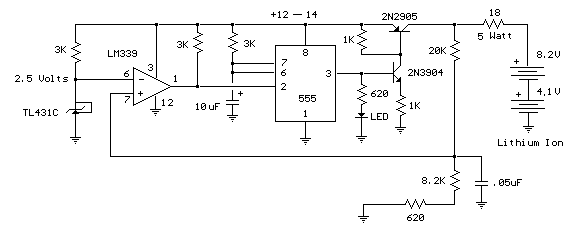
UJT Organ circuit with schematic and working
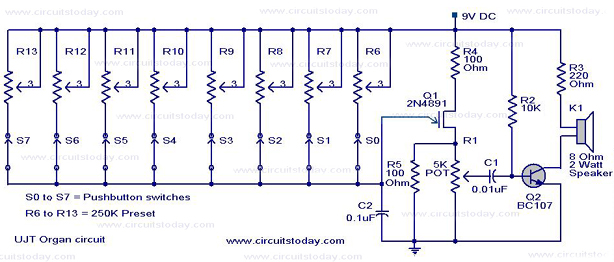
A UJT organ circuit with a circuit diagram is explained in detail. A 2N4891 UJT is used for the operation of the circuit.
The UJT (Uni-Junction Transistor) organ circuit is designed to utilize the unique characteristics of the 2N4891 UJT to produce sound. The circuit typically consists of several key components: the UJT itself, resistors, capacitors, and a power supply. The UJT operates as a relaxation oscillator, generating a repetitive waveform that is used to drive a speaker or other sound-producing element.
The circuit diagram includes the UJT connected in a configuration that allows it to oscillate. The emitter of the UJT is connected to a resistor-capacitor (RC) network that determines the frequency of oscillation. The capacitor charges through the resistor until a certain threshold voltage is reached, at which point the UJT turns on, discharging the capacitor and producing a pulse. This cycle repeats, creating a continuous waveform.
The output from the UJT can be coupled to an amplifier stage to enhance the sound output. Additional components may include diodes for protection against reverse polarity and potentiometers for adjusting the tone or volume of the organ sound. The circuit can be powered by a DC supply, typically in the range of 9 to 15 volts, depending on the specific design requirements.
In summary, the UJT organ circuit effectively demonstrates the use of a 2N4891 UJT in sound generation, leveraging its oscillatory behavior to create musical tones that can be further processed or amplified for various applications.A UJT Organ circuit with circuit diagram is explained in detail. A 2N 4891 UJT is used for the working of the circuit.. 🔗 External reference
The UJT (Uni-Junction Transistor) organ circuit is designed to utilize the unique characteristics of the 2N4891 UJT to produce sound. The circuit typically consists of several key components: the UJT itself, resistors, capacitors, and a power supply. The UJT operates as a relaxation oscillator, generating a repetitive waveform that is used to drive a speaker or other sound-producing element.
The circuit diagram includes the UJT connected in a configuration that allows it to oscillate. The emitter of the UJT is connected to a resistor-capacitor (RC) network that determines the frequency of oscillation. The capacitor charges through the resistor until a certain threshold voltage is reached, at which point the UJT turns on, discharging the capacitor and producing a pulse. This cycle repeats, creating a continuous waveform.
The output from the UJT can be coupled to an amplifier stage to enhance the sound output. Additional components may include diodes for protection against reverse polarity and potentiometers for adjusting the tone or volume of the organ sound. The circuit can be powered by a DC supply, typically in the range of 9 to 15 volts, depending on the specific design requirements.
In summary, the UJT organ circuit effectively demonstrates the use of a 2N4891 UJT in sound generation, leveraging its oscillatory behavior to create musical tones that can be further processed or amplified for various applications.A UJT Organ circuit with circuit diagram is explained in detail. A 2N 4891 UJT is used for the working of the circuit.. 🔗 External reference
